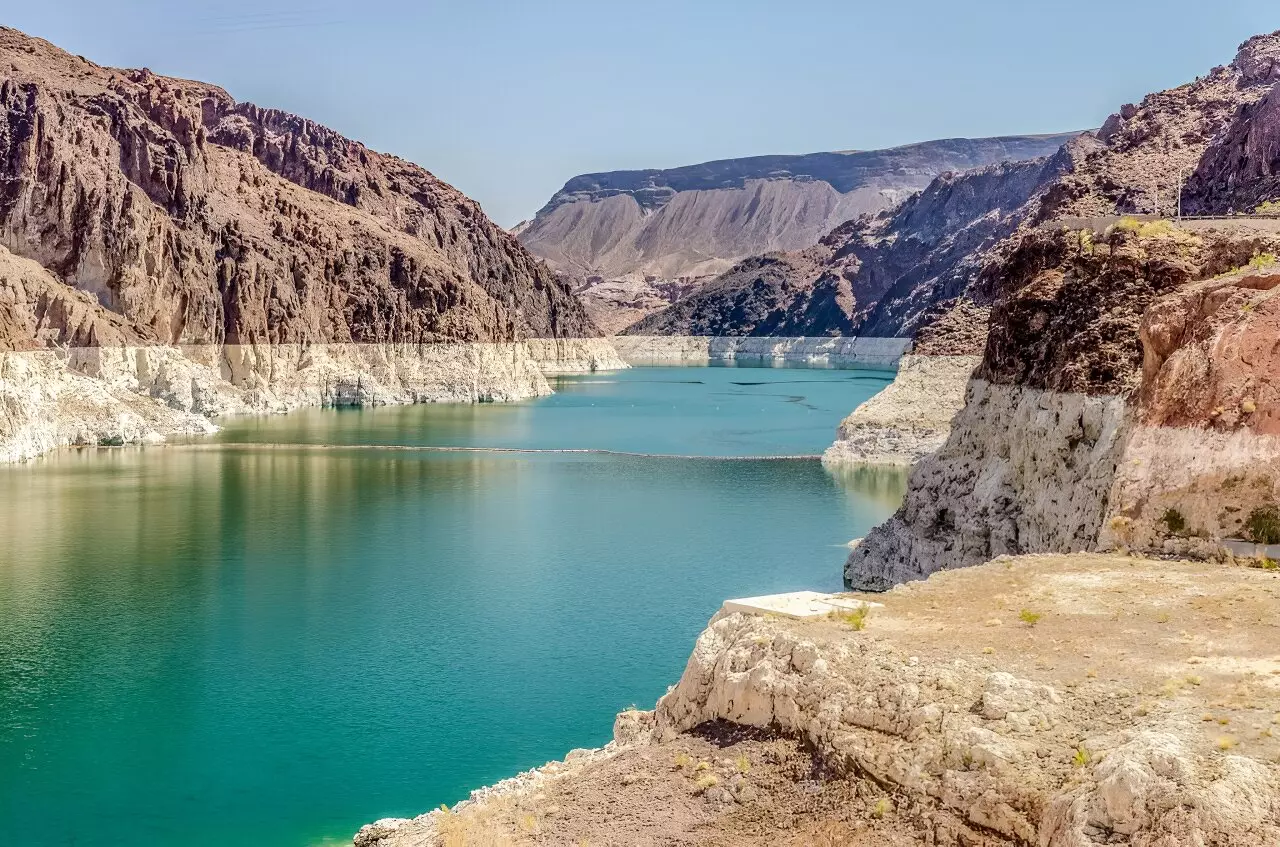As climate change increasingly influences hydrological cycles, major water reservoirs across the continental United States face unprecedented challenges. A recent study highlights a concerning trend: reservoirs are experiencing longer periods of low storage capacity, marked by greater variability and severity than observed in previous decades. With these changes predominantly impacting the western and central regions, even reservoirs in the east cannot escape the repercussions. This evolving landscape demands urgent attention from water resource managers and policy makers, as the reliability of these crucial water storage systems is diminishing.
Reservoirs serve as essential components of modern water management, especially as natural storage methods like snowpack and groundwater reserves become less dependable. The reliability of these reservoirs is vital for mitigating the effects of droughts, which are becoming increasingly frequent and severe across the United States. The situation is particularly dire in places like Lakes Mead and Powell, which experienced the driest 22-year stretch in 1,200 years from 2000 to 2021. Such severe drought conditions lead to necessary restrictions on water use, impacting agriculture, administration, and everyday life.
A multitude of interrelated factors contributes to the diminishing capacities of reservoirs. Drought conditions, excessive water withdrawals, and sediment accumulation all play significant roles. The study conducted by hydrologist Caelan Simeone and his team meticulously analyzed data from 250 large reservoirs between 1981 and 2020, revealing disturbing trends. Among these reservoirs, 169 experienced declines in maximum storage, with 89 of those reflecting significant reductions. Notably, the median decline across all reservoirs was registered at 2.2%, while those with the greatest drops faced an alarming median decrease of 8.1%.
These statistics paint a troubling picture: reservoirs are failing to fill up to the levels seen in previous decades. Such long-term changes in the water storage dynamic can hinder effective water management, as many of these structures were designed under the assumption of stable historical water conditions, which no longer hold true in the face of climatic shifts.
The complexity of factors affecting water storage becomes evident upon examining the interplay between changing hydroclimatic conditions and sediment accumulation. As reservoirs adjust to irregular patterns of water flow, sediment builds up behind dams, reducing overall storage capacity. These changes pose significant challenges to reservoir managers. The original designs of these systems did not account for the volatile environmental realities that we now face. Many reservoirs constructed between the 1930s and the 1970s were expected to operate in a relatively static climate. However, the advent of climate change has rendered these assumptions invalid.
Simeone’s study underscores the necessity for enhanced understanding and adaptive strategies in reservoir management. The variability of water levels necessitates that water managers consider both broader national trends and localized patterns to make informed decisions. Advanced water management techniques and strategies to counteract sediment buildup must become a priority.
Looking forward, it is crucial for policymakers and water managers to come together to devise comprehensive strategies that address the pressing issues of water storage. These strategies should not only encompass technological advancements in reservoir design but also promote sustainable water usage practices across agricultural, urban, and natural ecosystems. Collaboration with scientific communities, along with proactive water resource legislation, is necessary to mitigate the impacts of climate change on water reservoirs.
Innovative approaches may include enhancing the natural filtration process, implementing sediment management practices, and adopting dynamic water release schedules based on predictive models of hydrological patterns. Through adaptive management, attention can be drawn not just to immediate forecast needs but also to proactive resource conservation to ensure the sustainability of these vital water systems.
The findings from the recent study compel us to take a long, hard look at the shifting dynamics of water reservoirs across the United States. As we grapple with the implications of climate change, we must prioritize our response to the challenges facing these crucial structures. It is evident that traditional methods of water management will no longer suffice. By embracing innovative approaches and fostering collaboration, stakeholders can redefine our relationship with water and build resilience in the face of an uncertain climate future. The time for action is now, as safeguarding the reliability of our reservoir systems has never been more critical.


Leave a Reply